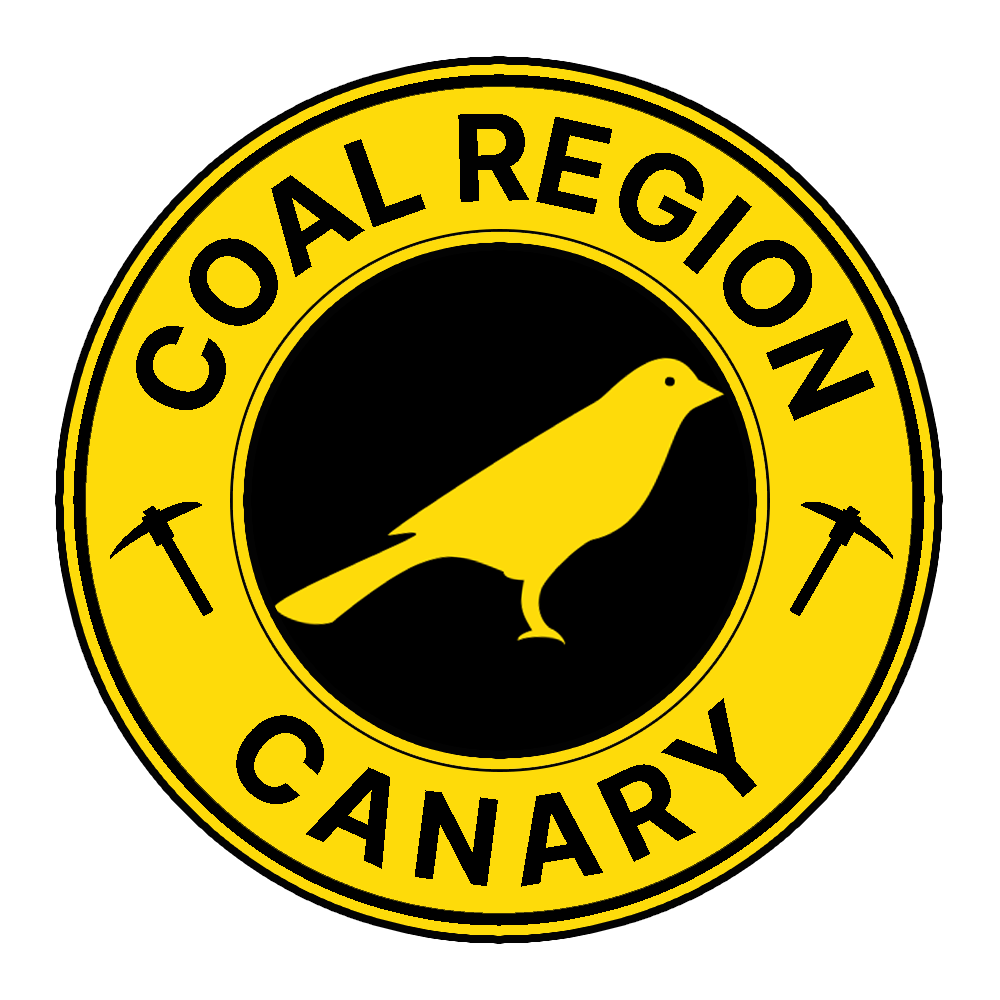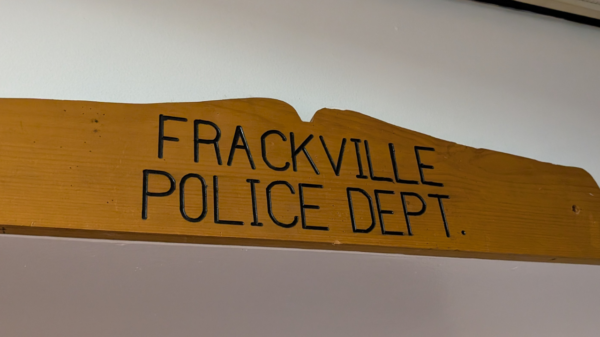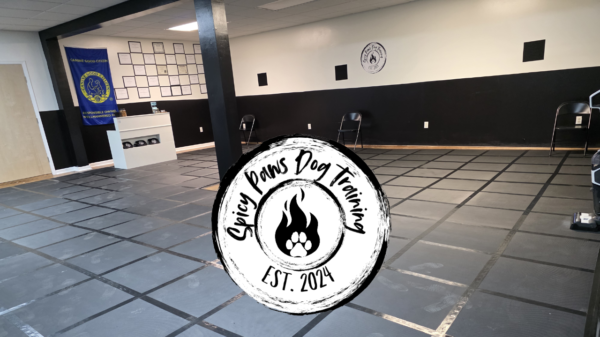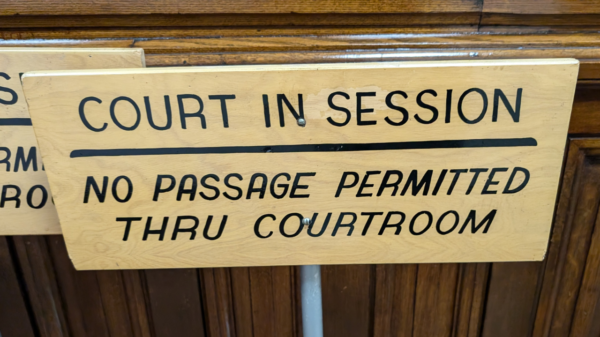Last year, the Schuylkill County Commissioners said they were launching a “broadband project” with the goal of bringing high-speed internet to parts of the region that can only get DSL or no internet at all. This was a problem magnified by the COVID pandemic when students and workers were forced to learn and work from home for much of the year. With very slow or no internet, this wasn’t possible.
However, the County government did what governments do and complicated a situation that’s got a very simple solution: fixed wireless internet.
Counties even more rural than Schuylkill were able to get residents in similar situations hooked up to a broadband connection before the end of 2020. There are countless examples all over Pennsylvania and the United States where communities got hooked up with high-speed internet – fixed wireless internet – in a matter of weeks or a couple months.
But rather than investing some of the $12.7 million in CARES Act funding to get this technology implemented, the County spent (possibly illegally) most of that funding on this year’s budget. At the end of the year, the county floated a series of bonds for a 9-1-1 “upgrade” that the Commissioners tried to call a broadband project but no progress has been made on that end so far.
That’s problematic because in the time since the Commissioners floated the bond, those disconnected communities in Schuylkill County could have been hooked up 3 or 4 times over with high-speed fixed wireless internet. All they had to do was look at the many other examples of this being done – without much effort – but instead they fed the public a line of bull.
So, what exactly is fixed wireless internet? Here is the breakdown.
What is Fixed Wireless Internet?
Fixed wireless internet uses radio waves transmitted by a base station (LTE cell towers) to bring the service to your home. The service is best suited for areas where setting up broadband infrastructure is too costly. But technically, it can be used anywhere there are cell towers.
How does it work?
Fixed wireless internet uses the base station to transmit radio waves to homes with installed fixed wireless antennas. The antenna outside your home is then connected to a router inside and you can start using it just like any other internet service.
This simple infographic from Upward Broadband shows how it’s done. It’s not unlike satellite internet but rather than the signal coming from a satellite in the sky to your home, it gets routed to a fixed antenna that sends the signal to an antenna at your home:

Source: Upward Broadband
Is fixed wireless internet good?
The Pros
- You don’t need a phone or cable line to get the service.
- The latency will be lower because of the distance between the base station and your home.
- Data allowances can be high or unlimited depending on the service provider.
The Cons
- You have to have a line of sight between the antenna installed on your house and the base station.
- Obstructions can affect the service or prevent the installation. Hills, buildings, and trees can be obstructions.
- Fixed wireless internet is more expensive than other broadband services. This includes the initial startup cost.
- There is typically a data allotment, so if you are used to unlimited service it can be a problem.
How fast is fixed wireless internet?
The service can provide anywhere from 10Mbs to 100Mbs, but the speed will vary depending on the location. However, the average speed is around 25Mbs. And based on this speed you can do a lot online.
It can’t provide the superfast blazing speeds of fiber or cable internet services. If the speed is on the lower end, you might experience issues with some gaming and 4K streaming.
How is it different from other home and business internet services?
When fixed wireless internet service is working properly you won’t be able to tell the difference from other providers. The service relies on the antenna and direct sight, so bad weather can affect the connectivity and slow down the speed.
Another difference is the data limitations, which might be a big problem for businesses as well as homes streaming content all the time.
What equipment do you need?
Before you install a fixed wireless internet the service provider will tell you if your location has a clear line of sight from the base station. If they can’t tell you on the phone, they will send a technician to your home to determine the line of sight.
If you qualify, the technician will mount a wireless antenna on the outside of your home (on the roof or elsewhere) and calibrate it to get the best reception. Once it is installed, the technician will connect the outside antenna to the modem or WiFi router inside your home. You are then ready to get online with your fixed wireless internet service.
ALSO READ:
- Gas Tax by State
- Cigarette Taxes by State
- Our 2 Week Food Supply List is More Essential Than Ever
- Pennsylvania Passes Purple Paint Property Law
Subscribe to Coal Region Canary
Get email updates from Coal Region Canary by becoming a subscriber today. Just enter your email address below to get started!Support Coal Region Canary
Like our reporting and want to support truly local news in Schuylkill County? Your small donations help. For as little as $5, your contribution will allow us to cover more news that directly affects you. Consider donating today by hitting the big yellow button below ...


































